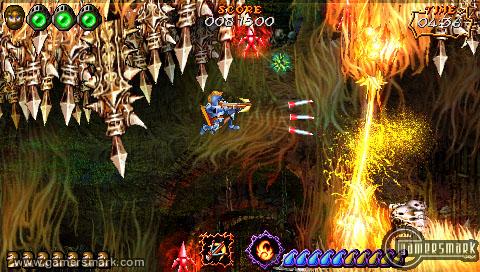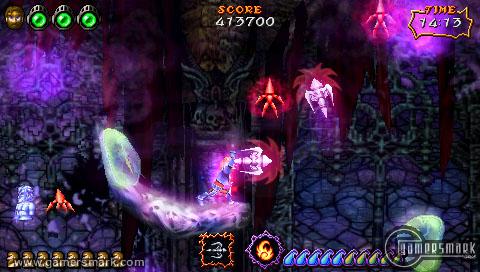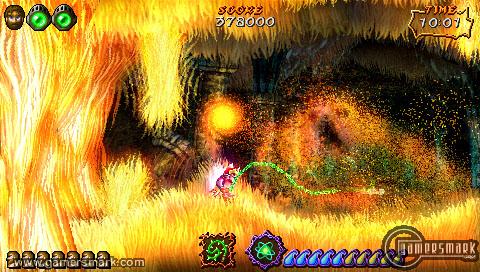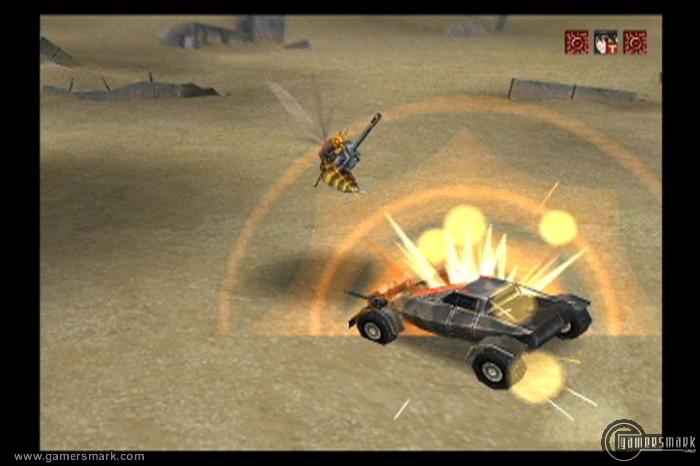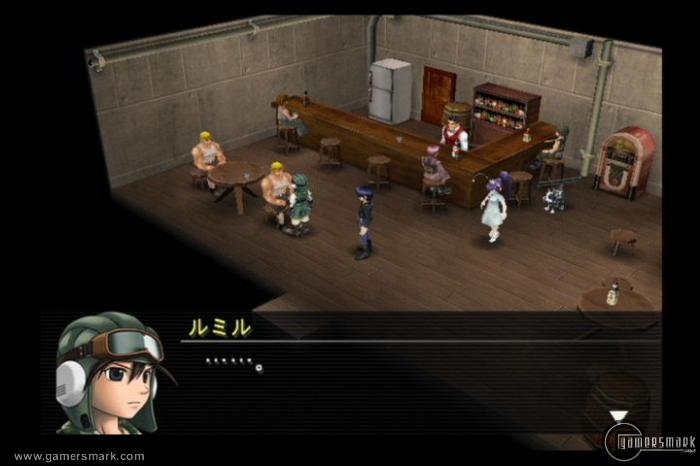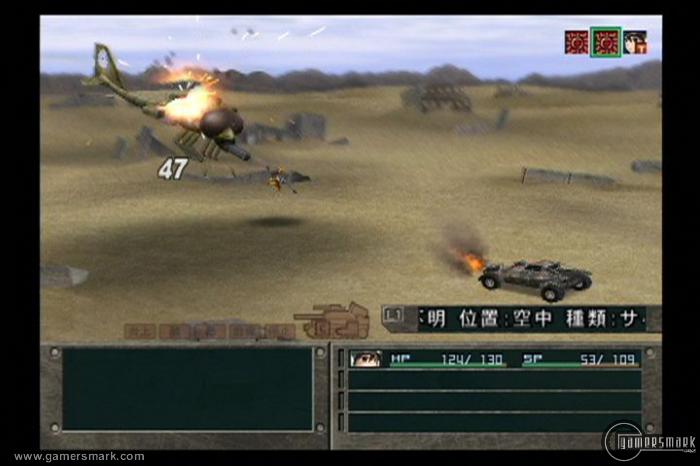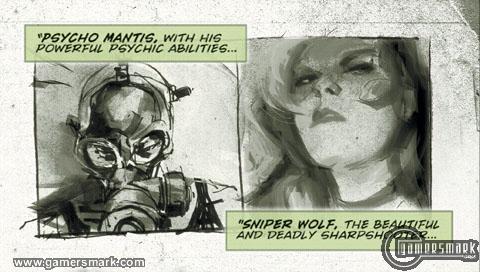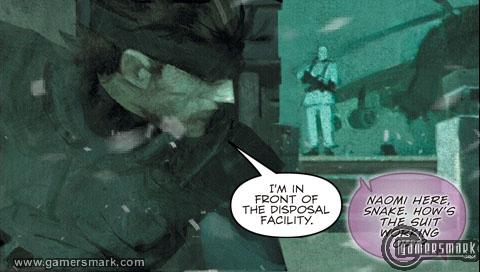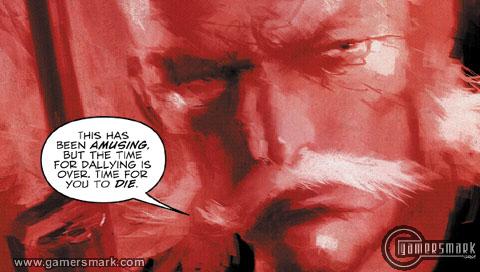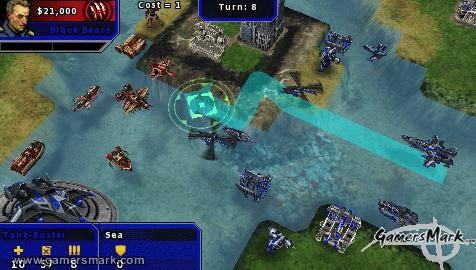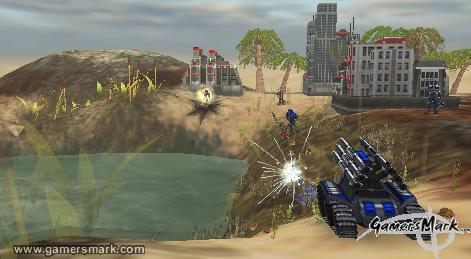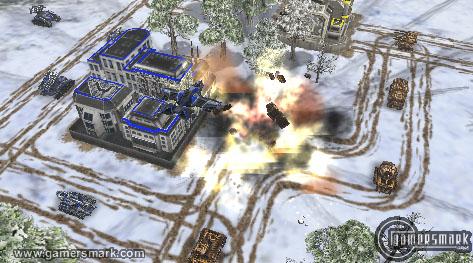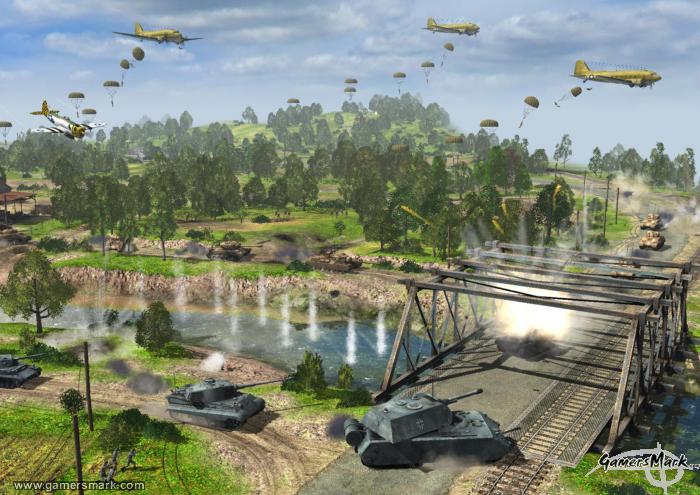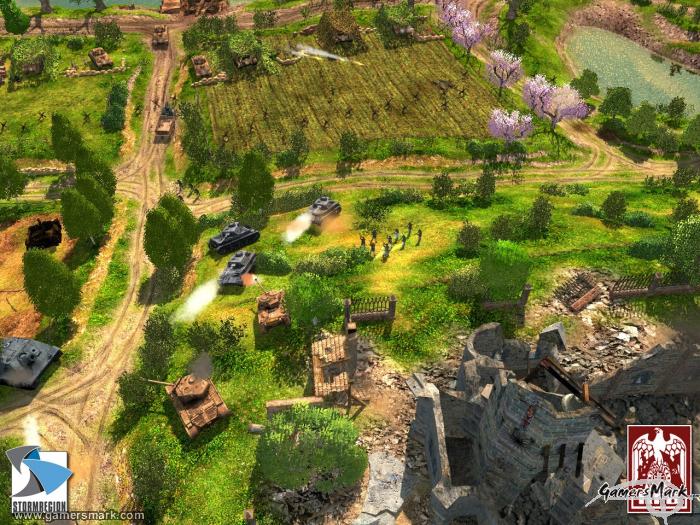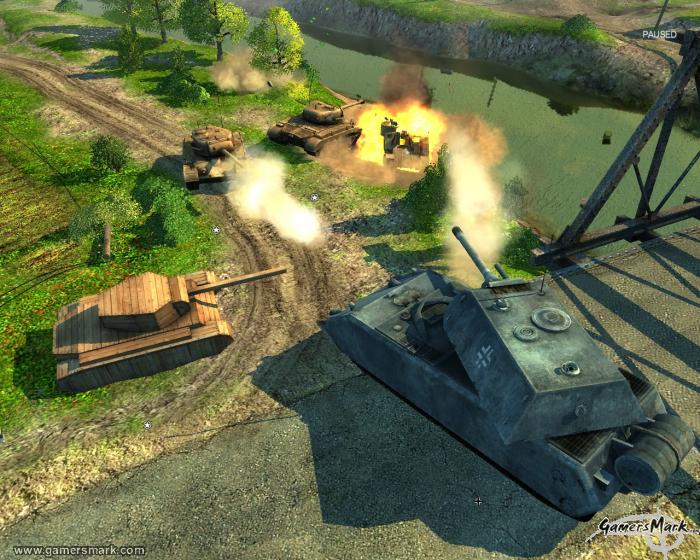Developer: ProSIM Company | Publisher: Shrapnel Games || Overall: 2.5/10
Some guy in some movie with guns and really handsome actors pretending to be ordinary soldiers once said “war is hell.” Which, as I’ve been told, is pretty accurate. I mean, sure, it looks good when Matt Damon shoots some guy in the face, but any soldier who has been there will tell you that war is long stretches of boredom broken up by brief moments of sheer terror. Kinda like spending Thanksgiving with your girlfriend’s family: you can’t really remember why you signed up to be there, the person next to you won’t stop yelling, and some morbid part of your brain hopes that a lunatic in a fighter jet will drop napalm on your location and end your misery.
But I digress.
The Star and The Crescent is ProSIM Company’s newest tactical simulation for the die-hard war-game aficionado. Published by Shrapnel Games, it comes with the brazen proclamation that the realism of their game is such that both a helmet and flak jacket ought to be included in the package – fortunately for my local postal carrier, there’s just the manual and the installation CD. It zeros its sights, compensates for windage and bullet drop, leads it target, and shoots for realism: is The Star and The Crescent a hit?
Set in the Middle East, The Star and The Crescent offers players the chance to step into the boots of an officer in the Israeli army, commanding platoons, companies, and brigades of tanks and infantry in epic battles against a variety of foes. When you first start the game, you can begin one of the four campaigns ranging from the historic (like the Yom Kippur War) to the future (now try to imagine that there might be a war in the Middle East sometime this century). In keeping with the other Armored Task Force-engine games, when you’ve completed all the missions the game comes with, you can import new scenarios and continue the carnage; similarly, the included mission builder gives the game virtually unlimited re-playability.
The actual game boasts unparalleled realism. Before you even move your tanks, you have the option to set no fewer than eleven different formations, nine different ammunition types, and commit each of your units to ten different varieties of fire mission from “company attack to breach” to “platoon breach.” Your troops are arranged quite authentically in heirarchies denoted with real military abbreviation like “2/3 Bde / 11th Ugda,” and instead of graphics for any of the tanks or jeeps or soldiers, the actual N.A.T.O. symbols are used.
Cartographically speaking, you get your choice between a topographical or geographical map. You have your pick of eight different Standard Operation Procedures, governing how your units react to enemy contact. You can control each platoon separately, plotting out assigned paths down to the individual tank if you choose, or create custom hierarchies among your companies with brigades of units hand-picked to compliment one another, taking into consideration seemingly obscure factors like the reverse speed of a T72 Main Battle Tank, or the turning radius of a jeep when affixed with a 104mm rocket launcher.
Now, this next part is important. I have absolutely no idea what I said in those last two paragraphs. None. I spent hours trying to decipher the manual enough to follow along with the tutorial, but there’s a certain level of knowledge that is presupposed by the game designers. For instance, I had no idea which was bigger, a platoon or a company. The manual doesn’t bring it up at all. Further, that whole military abbreviation stuff, like “2/2 Bde / 12th Ugda” – I haven’t a clue what any of those numbers mean. I’m pretty sure that Bde stands for “brigade,” but the rest of it’s a mystery.
And while Wikipedia can be of some use for simple questions like whether a platoon is made of companies or vice versa, and while I don’t mind a game that’s going to teach me new things about stuff I’m not knowledgeable about (hello Gran Turismo), there’s only so much you can excuse from being absent in the manual. In a game that touts the ability to devise your own companies out of platoons and units from other companies, please, guys: don’t skimp on the explanation. Some of us didn’t go through boot camp. Now it’s not like these are all arcane concepts that are beyond comprehension: no military designs a command structure to be incomprehensible to those within it. The manual is, to put it bluntly, woefully inadequate.
If you’ve ever played one of ProSIM’s games on the ATF engine, you’ll be pretty well-prepared. For one, you may have already called your local armed forces recruiting office for some much needed explication. Or, if you’re halfway through a furious email to me, explaining the difference between an all-out enfilade and an entrenched defilade, you’re probably sleeping with a loaded AK-47 under your pillow more than ready to play this game. And hell, the manual isn’t completely useless – like the Rosetta Stone, someone of a keener intellect and sharper wit than myself could probably make use of it. But a game of this magnitude and complexity absolutely needs to have a much better helping hand for new players.
But really, you don’t play a game with your nose in the manual forever, so let’s move on to the other travesties of The Star and The Crescent. The next sentence is one that all the die-hard fans and the designers and the publishers and my grandmother who can’t even turn on a computer will see coming. The graphics are horrible. Now, I spent the better part of my afternoon today playing Final Fantasy for the original NES. I prefer the original X-COM to any other title in the series. I prefer an obscure and graphically sub-par boxing game to any Fight Night on any console. My last review was a glowing endorsement of a 2D side-scroller without a polygon in sight. I am not a 16x AA/AS diva, nor do I thump my chest and cry for HDR and the omnipresent Bloom in today’s titles. My point is that I firmly believe in gameplay superseding graphics. But oh. My. God. These graphics are horrible.
ProSIM has always focused their effort on creating sophisticated AI (more on this later), a ridiculously robust damage modeling system, and simply the deepest military sim I’ve ever seen. It was a monumental task, and all Armored Task Force-engine games bear the proud heritage of the process. But the graphics are unbelievably dated and present a further challenge in surmounting the already steep learning curve that poor documentation creates.
Blue boxes are the good guys, and red boxes are the bad guys. Got it. How do I tell all my blue guys apart? Some of them have ovals, some of them have ovals with dots, or ovals with a slash, or ovals with two slashes. Some other ones have three dots above the box, which probably means they’re captains or corporals or commanders or something. I dunno. To add to the realism, and so that the player may further appreciate the skill of the commanders in the actual historical battles represented in The Star and The Crescent, the icons you’ll use are the real N.A.T.O. symbols. This means they don’t make any sense.
Eventually, I got it down, but I’m a gamer. Call me a prima donna, but ever since 1988 or so, I’ve been spoiled by software that tries to represent an object’s function with its appearance. The Star and The Crescent thumbs its nose at this convention, and the learning curve suffers for it. That’s okay, right? Just remember that you’re the blue guys and you want the red guys to die, right? Sadly, no. Because the unit/formation icons, as unwieldy as they are, actually look good compared to interface. Graphically, the interface is a series of all but unintelligible 16x16px buttons lined up in a single bar that grows and shrinks when you press certain buttons. Confused? Wait till you actually try using it.
Firstly, as I said, the buttons are too small. The minimum requirements for this game are a 700 Mhz processor, 64 MB of RAM, and Windows 95. On a computer that old, the screen resolution would be adequate for 16x16px buttons. But on a computer built in this millennium, you’ll want to turn down your resolution while playing so you can actually see the buttons. Of course, you’d probably do about as well squinting like Great Aunt Gertrude doing needlepoint at the buttons: they suffer from the same sort of graphical malaise that your unit icons do. When you can see them, however, the buttons do a good job of representing functions for the most part. And really, I can’t blame ProSIM for not knowing how to express “defilade” in 256 pixels. Hell, I didn’t even know what it means, so even if they could represent it in a tiny little icon, it’d be lost on me.
This brings me to the least excusable facet of The Star and The Crescent yet: the interface. Say for the sake of argument, that you actually figure out which blue boxes are which, and you’re the world’s greatest tactical genius, who could actually pull off a land war in Asia. None of that matters, because the interface to this game feels like an afterthought. It’s a brilliant piece of work, really: there’s a whole hell of a lot going on behind the scenes, and I’d love to take a peak at the source code and see what this tactical orchestra of precision calculation is doing while it’s busy destroying my tanks over and over. But when you play this game, you get the sense that all the programmers signed up to design the game engine, and afterwards, they realized that one of them might actually have to design and interface and they all drew straws to determine the unlucky sod.
Simply put, I have never played a game with more than sixteen colors that has a less intuitive interface, full stop. At some point, it’s probably true that I’ve played a game with an even more incomprehensible means of controlling the action, but I find it hard to believe it was in either of the last two decades. Here we are in the year 2006, I have 104 keys on my keyboard, I have 8 buttons on my mouse, and I have almost two million pixels of screen real estate at your disposal, gentlemen. Please, please, please spend more than an afternoon designing and implementing an interface.
I love the idea of being able to custom-craft missions for my units, and the ability to copy-paste unit paths amongst all your units is mercifully well thought-out, but the actual implementation feels like a cold, uncaring spouse that has slowly grown apart from you over the years; she no longer cares about what you want, because fifteen years ago you forgot to call before you were going to be late coming home from the office, and now she’s convinced you’ve been cheating on her, so she goes out of her way to “forget” that you asked her for whole milk, and not this skim milk bullshit every week for the last decade.
If it seems like I’m harboring a grudge, I am. The interface is beyond counter-intuitive, the manual was crafted in an alien tongue, and the graphics looked bad when I was still in puberty. If you’ve been paying attention, all of these are not problems for real generals experienced players. But if you’re new, by now the learning “curve” is about as curvy as Lindsay Lohan on a coke binge running the Boston Marathon (i.e. not), and you’re banging your head against your monitor, screaming “Why?! Why didn’t you shoot? Why did you just drive up to them? Oh god the agony!” And the game has one last brick through your living room window for you.
The A.I. is vicious. While you’re trying to learn how to actually play (not how to win, how to actually play), the computer is going to make the strongest possible case that you should never be drafted and put in command of anything more complex than a dishwasher. And a damn fine case it is. Remember that “land war in Asia” crack? I think the computer could do just fine where Napoleon and Hitler failed: there is an absolutely savage beatdown that it’ll place on your units. Get ready to write thousands of letters home to some very distraught ladies, and tell them why Little Johnny is coming home in a box, because this game is hard. Having defeated poor gameplay design, lackadaisical (at best) graphics, a manual that’s little more help than a solar-powered umbrella, and the toughest A.I. this side of Deep Blue, the satisfaction you get from beating even the tutorial is unparalleled.
The bottom line? This game is not for you unless you have never played a strategy game worthy of your clearly superhuman tactical forebrain. This game is not for you if you’ve ever put down a strategy game for having too many damage tables to remember. This game is not for you if you do not seriously entertain notions of enlisting for the armed forces and studying four hundred years of tactical theory and practice. But if you’ve played ProSIM’s games before, and you know what you’re getting into, this is more of the same (unpolished) gem that you know and love, with an authentic historical vibe that can’t be beat. Of course, if this is your first foray into the world of ruthless military sims by ProSIM, don’t say I didn’t warn you.

